Search Results for Tag: Arctic
Climate change and the Arctic Treeline
A report released by Cambridge University suggests that the treeline in the Arctic is not moving northwards as fast as earlier studies have predicted. The report, published by Gareth Rees from the University’s Scott Polar Research Institute says the relationship between climate change and trees is more complex than previously thought.
Rees says the treeline is clearly moving north on average, but that he has not found evidence confirming other estimates that the treeline is moving north at as much as two kilometres a year. He says 100 metres per year is more realistic.
The study involves researchers in northern Europe, Canada, Alaska and Scandinavia.
More in Environmental Research Letters or in a summary on the Alaska Dispatch
Greenland ice to melt completely with just 1.6° warming?
A new study by the Potsdam Institute for Climate Impact Research and the Universidad Complutense de Madrid indicates that Greenland’s ice sheet could be much more vulnerable to climate change than previously thought. It estimates the trigger for a complete melting of the ice sheet at somewhere between 0.8 and 3.2°C of global warming, with the most likely figure at 1.6°C. above temperatures before industrialisation. A O.8°C rise has already been registered. In the long term, a huge melting of land ice could result in major rises in sea level, which would threaten coastal and low-lying areas and the lives of millions of people. More on the DW environment website.
Protecting Arctic waters in a changing climate
I came across an interesting blog post by Lisa Speer, director of the International Oceans Program at the Natural Resources Defense Council. It’s an environment group dedicated to protecting natural resources and public health and has offices in the US and China.
She sets out four points to protect the Arctic: protecting key ecosystems to increase their resilience, strict “Arctic-specific” standards to regulate industrial activity, integrated ecosystem-based management and protection for the high seas of the Central Arctic Ocean, which lie outside the jurisdiction of any country. A lot of essentials in a readable nutshell (?)
See: Four Steps to Protect the Arctic, Our Final Ocean Frontier.
Polar protection measures put on ice
The International Maritime Organisation (IMO) has postponed until 2013 the development of environment protection guidelines to regulate shipping in polar waters. Environment groups have repeatedly expressed concern about the grave risks posed by increased shipping to the fragile ecosystems in the Arctic.
![]() read more
read more
New climate model says 2° target not out of reach if….
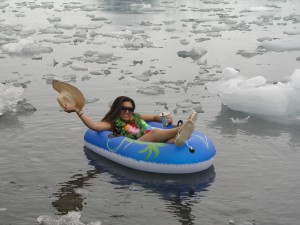
The Hamburg scientists say there is a direct connection between the melting of the Arctic sea ice and global warming
Scientists from the Hamburg-based Max-Planck-Institute of Meteorology and the German Climate Computing Centre have calculated that the 2° limit for global warming could still be kept to. However, it would require immediate drastic reductions in carbon dioxide emissions. So what’s new? I hear you say. The new element is the model the scientists are using. The new model developed by the Max-Planck-Institute using the high-powered computer capacity of the Hamburg centre integrates additional factors into its simulations for the 21st century, including the complex carbon cycle and dynamic role of vegetation, and compares numerous climate models from around the world with each other.The simulations indicate that if the CO2 concentration continues to rise as it is doing, we will be facing not only a considerable rise in temperature, but also an increase in the speed of ocean acidification.
![]() read more
read more



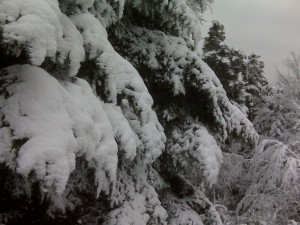

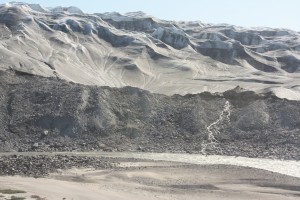
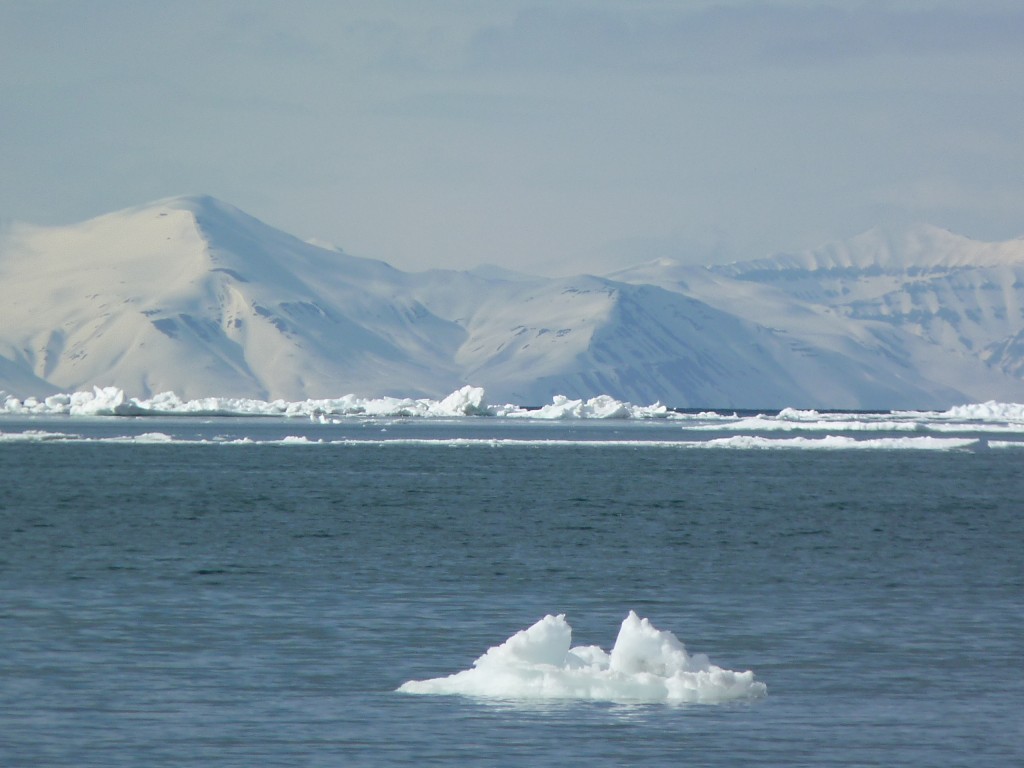
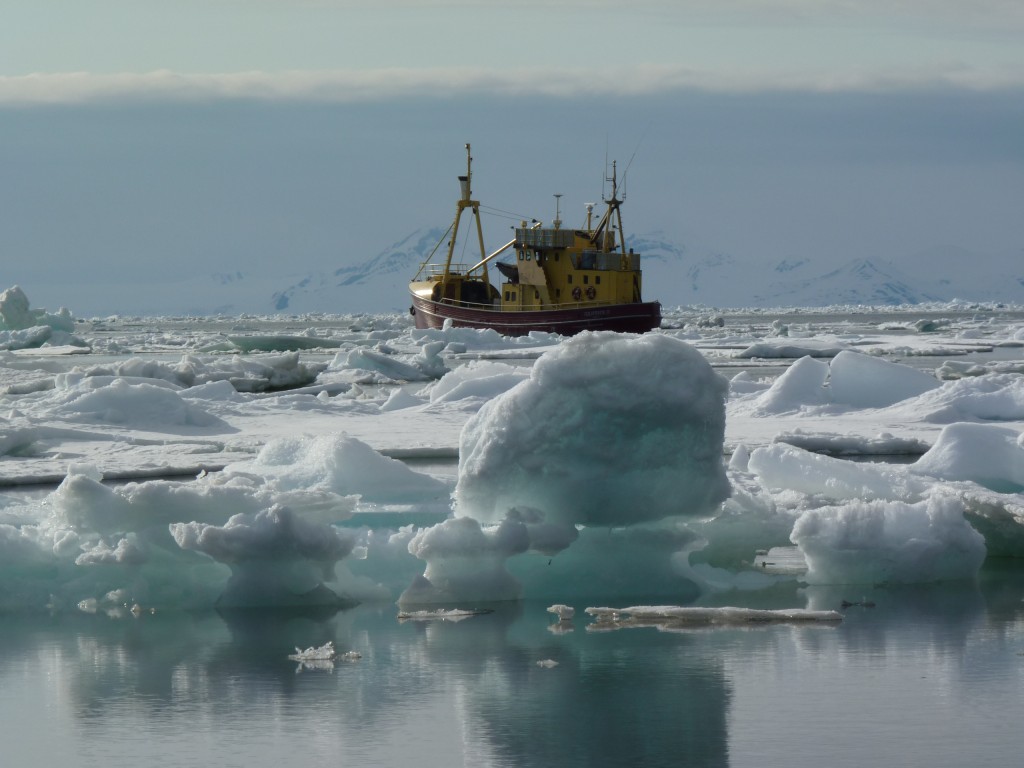
















Feedback